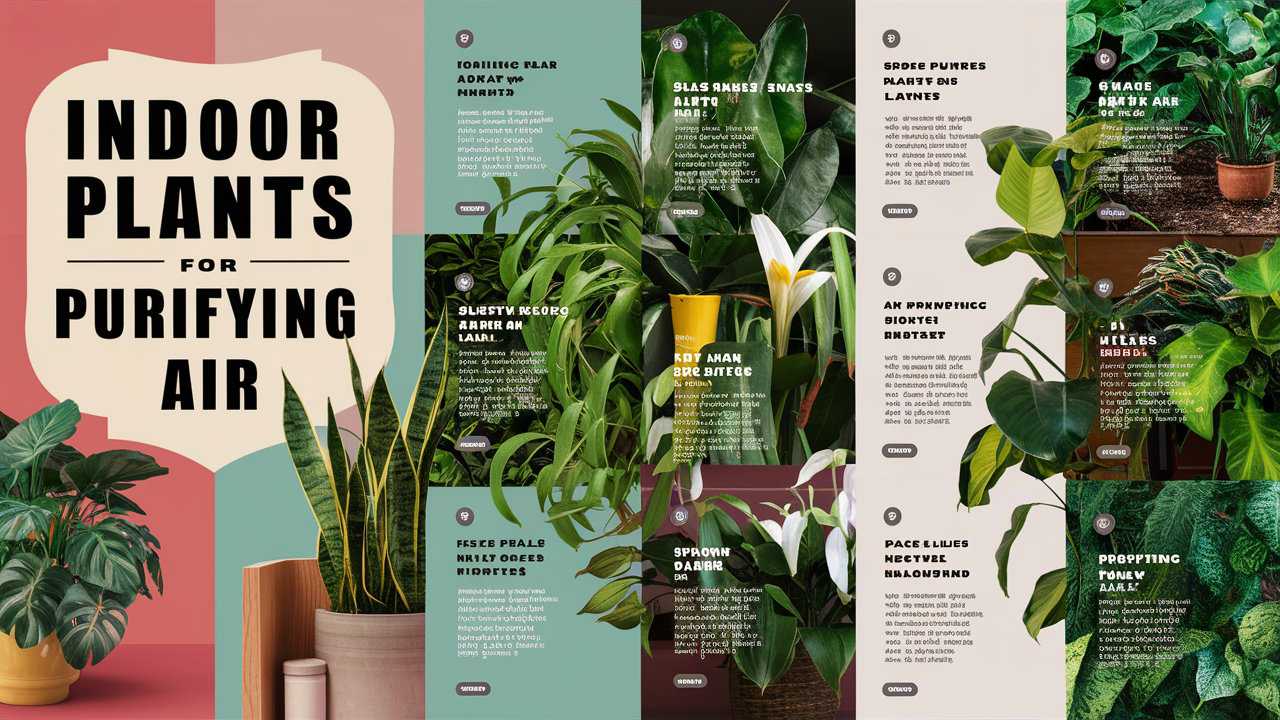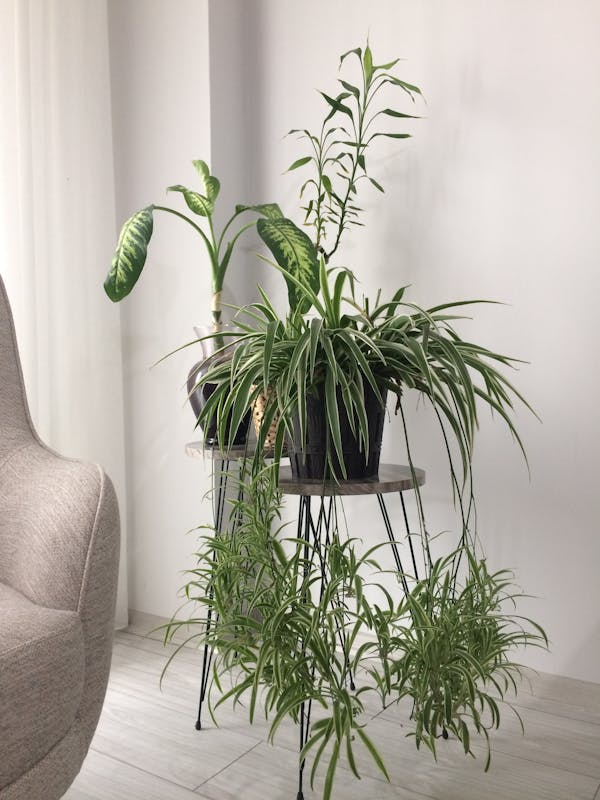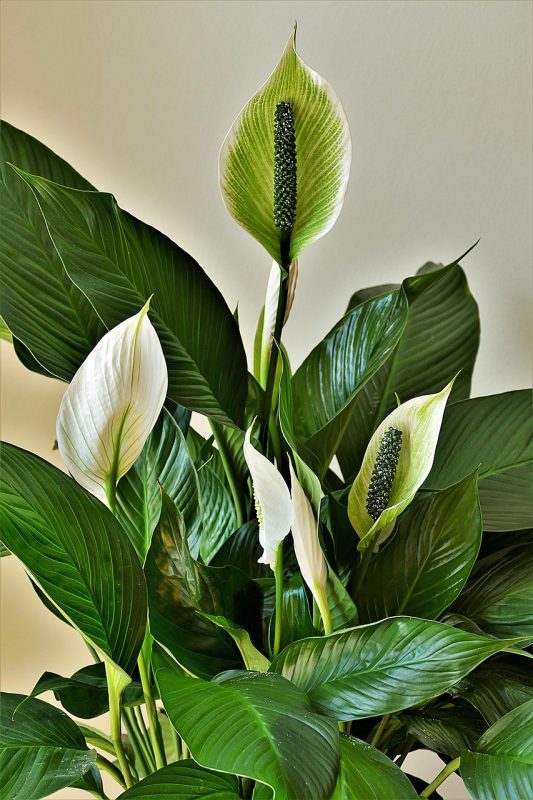Indoor plants are more than just decorative pieces—they can significantly enhance the air quality in your home. Many plants have been credited with purifying indoor air by absorbing toxins and releasing oxygen, making your space not only more beautiful but also healthier. For those looking to improve their indoor environment, here is a list of indoor plants that are known for their air-purifying abilities.
Spider Plant (Chlorophytum comosum)
The spider plant is a favorite among indoor gardeners for its easy care and vibrant foliage. With its arching, green-and-white striped leaves, this plant is not just visually appealing; it also excels at removing formaldehyde and xylene from indoor air. Spider plants thrive in a variety of conditions, from bright indirect light to partial shade, and they can tolerate occasional neglect—making them perfect for beginners.
Peace Lily (Spathiphyllum)
Peace lilies are graceful and elegant while being incredibly efficient at air purification. Their glossy green leaves and stunning white blooms add a touch of sophistication to any room. Peace lilies can filter out harmful chemicals such as ammonia, benzene, and formaldehyde. They prefer low to medium light conditions, and although they enjoy moisture, they are forgiving if you miss a watering.
Snake Plant (Sansevieria trifasciata)
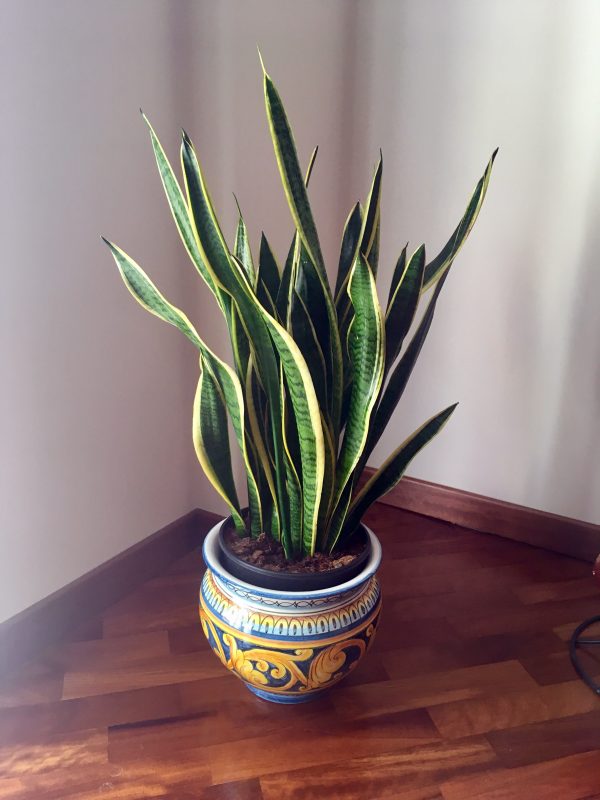
Also known as mother-in-law’s tongue, the snake plant is virtually indestructible. Its upright, sword-like leaves come in various shades of green, often with yellow edges. This plant is particularly interesting because it performs photosynthesis at night, making it a great choice for bedrooms. It can also filter out toxins like formaldehyde and benzene, contributing to a healthier indoor environment.
Boston Fern (Nephrolepis exaltata)
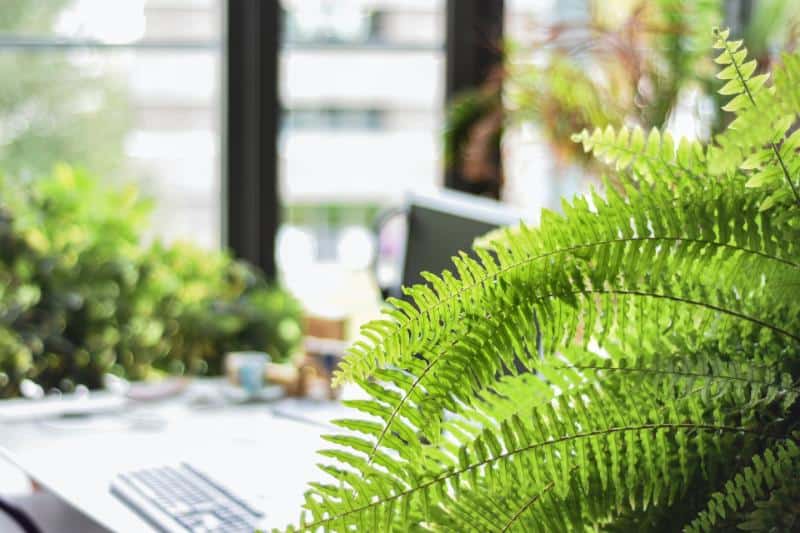
Boston ferns are lush and dramatic, bringing a touch of the outdoors inside. They thrive in humid environments and prefer indirect light, making them ideal for bathrooms or kitchens. Boston ferns are effective at removing formaldehyde and other toxins from the air, but they do require regular watering and humidity to keep their fronds looking their best.
Bamboo Palm (Chamaedorea seifrizii)
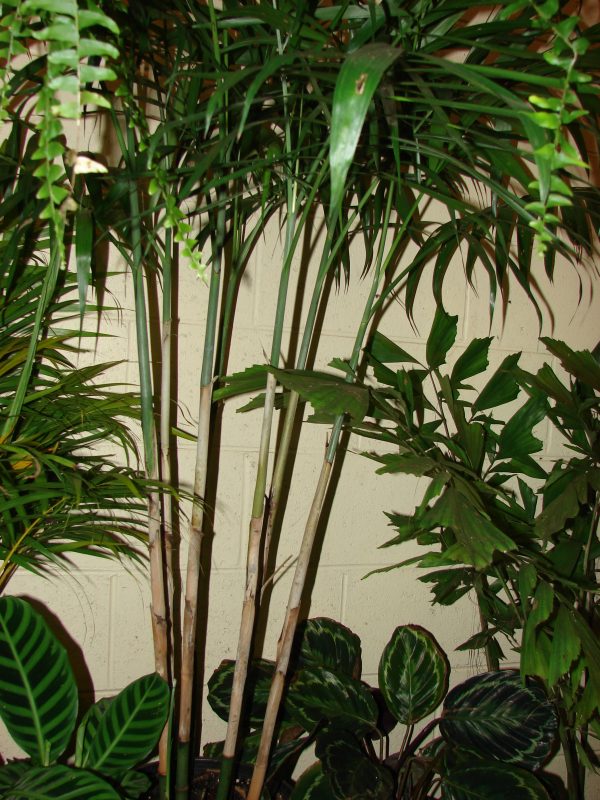
The bamboo palm is a popular choice for adding a tropical vibe to your indoor space. Easy to care for, these palms thrive in low light and can grow quite tall, offering a lush green backdrop. In addition to being aesthetically pleasing, bamboo palms excel at removing formaldehyde and benzene, making them an excellent air-purifying option.
Rubber Plant (Ficus elastica)

Rubber plants are versatile and stylish, with large, glossy leaves that come in various shades from deep green to burgundy. They thrive in bright, indirect light and can adapt to different environmental conditions. Besides their aesthetic appeal, rubber plants are known to absorb toxins from the air, including formaldehyde. They require moderate watering and can become quite striking as they grow.
Areca Palm (Dypsis lutescens)
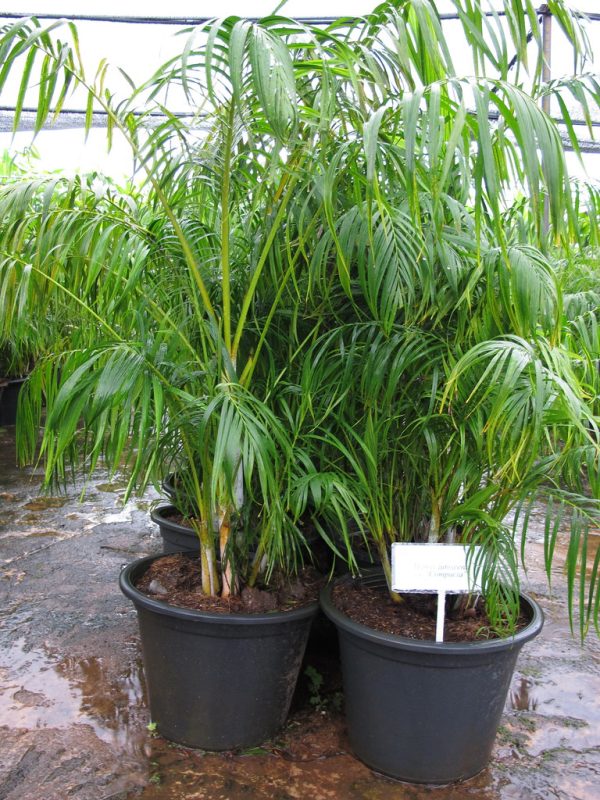
The areca palm is known for its feathery, arching fronds that can instantly uplift the mood of any space. This plant is particularly effective at humidifying indoor air, which can be beneficial for respiratory health. Areca palms do best in bright, indirect light and can remove a variety of toxins, including xylene and toluene, making them a solid choice for improving air quality.
Dracaena (Dracaena spp.)
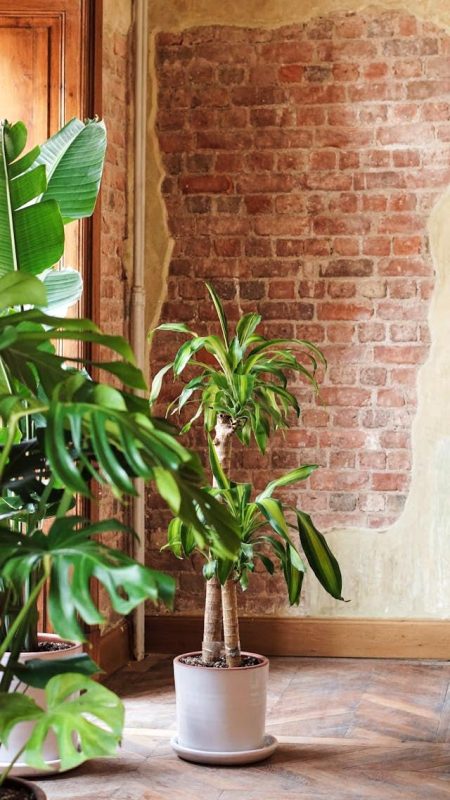
Dracaenas come in various species, each with unique foliage patterns and colors. These hardy plants are low-maintenance and can tolerate low light conditions, making them ideal for offices or less sunny rooms. Dracaenas are effective at filtering out formaldehyde, benzene, and trichloroethylene, making them excellent companions for your indoor living space.
Gerbera Daisy (Gerbera jamesonii)

Gerbera daisies are not only bright and cheerful but also known for their ability to purify the air. These flowering plants can help remove benzene and formaldehyde from your home. They thrive in direct sunlight and require consistent watering to keep their vibrant blooms fresh. Plus, their striking colors add a pop of positivity to any indoor space.
Pothos (Epipremnum aureum)
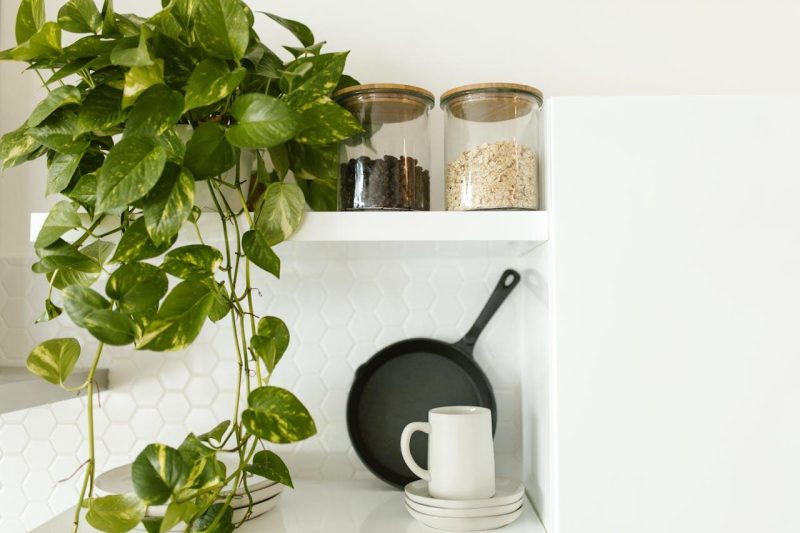
Pothos, or devil’s ivy, is well-known for its trailing vines and heart-shaped leaves. This plant thrives in a range of lighting conditions, from low light to bright indirect sunlight. It’s particularly adept at removing indoor air toxins, including formaldehyde, benzene, and xylene. With minimal care, pothos can grow rapidly, making it a favorite among indoor plant enthusiasts.
Philodendron (Philodendron spp.)

Philodendrons are popular for their easy-going nature and attractive foliage. They come in various shapes and sizes, from the heartleaf philodendron with its trailing nature to the larger split-leaf varieties. These plants prefer moderate light and are known for their ability to absorb toxins like formaldehyde from the air, making them healthy additions to any indoor environment.
ZZ Plant (Zamioculcas zamiifolia)
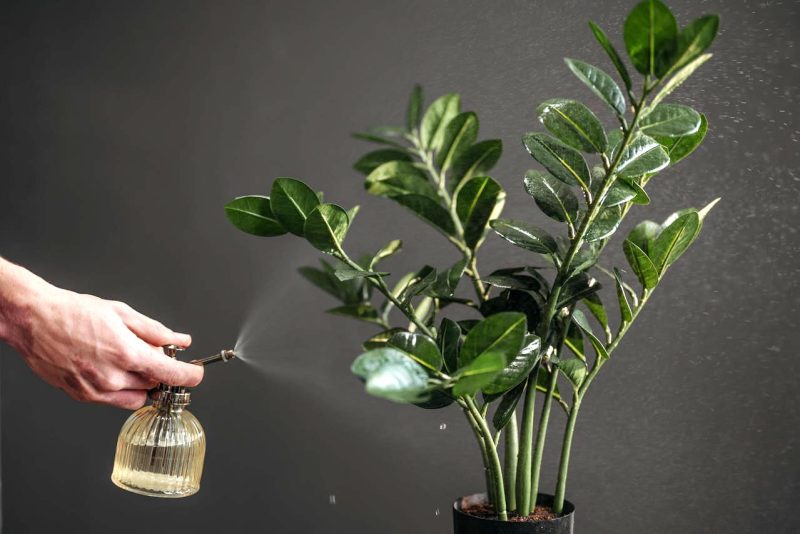
The ZZ plant is a true champion of resilience and low maintenance. With its glossy, dark green leaves and upright growth habit, it is a perfect fit for any indoor space. ZZ plants thrive in a variety of light conditions, including low light, and they require very little water—making them an excellent choice for those who might forget to tend to their plants regularly. They are known to filter out xylene, toluene, and benzene, contributing significantly to the purification of indoor air.
Ficus Benjamina (Weeping Fig)
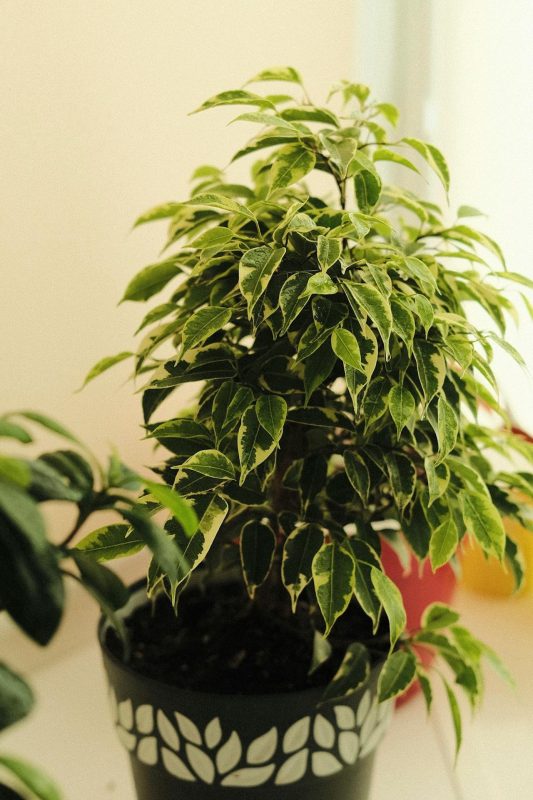
The weeping fig is an attractive indoor tree that boasts lovely, glossy leaves and can grow tall, adding a commanding presence to any room. Ficus benjamina prefers bright, indirect light but can also tolerate some shade. This plant not only brings a vibrant aesthetic but also helps purify the air by removing pollutants like formaldehyde, making it a great choice for living areas and offices.
Lady Palm (Rhapis excelsa)
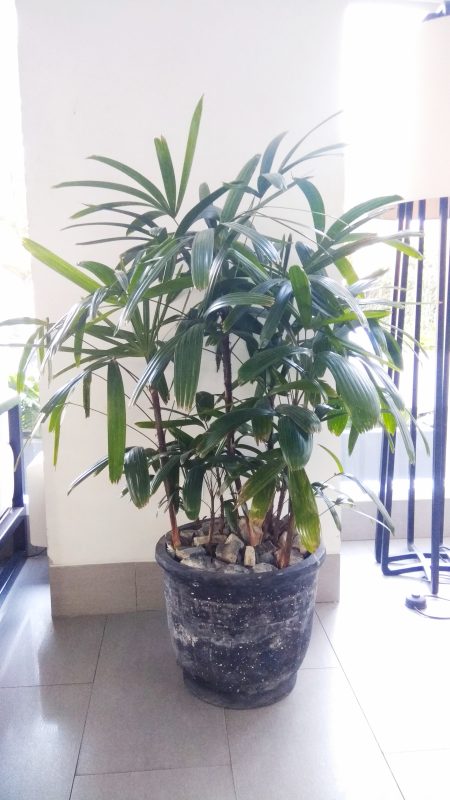
Lady palms are hardy and visually appealing, featuring fan-shaped leaves that can add to the tropical feel of your indoor space. They thrive in indirect light and can adapt well to different humidity levels. In addition to being a beautiful addition to your home, lady palms are effective in filtering pollutants such as ammonia and formaldehyde, promoting a healthier atmosphere.
Wispy Plant (Dracaena Marginata)
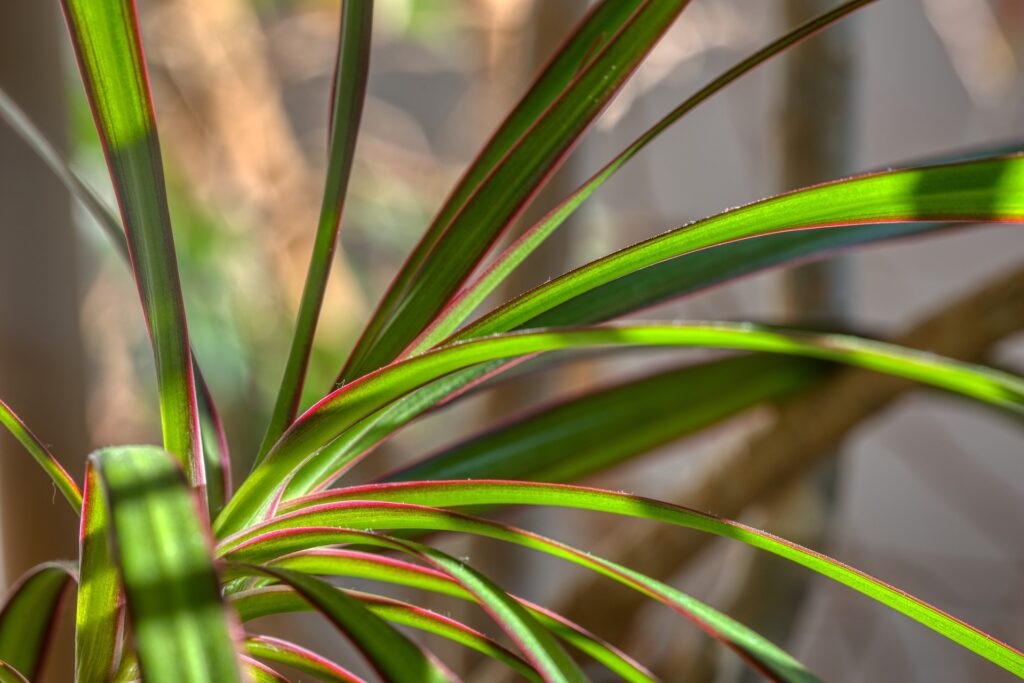
With its striking appearance characterized by slender leaves emerging from tall, thin stems, the dracaena marginata, or the dragon tree, adds a sculptural quality to any indoor setting. It can thrive in low to medium light conditions and is relatively easy to care for. This plant is known for its ability to absorb toxins like benzene and formaldehyde from the air, making it an excellent choice for those looking to enhance their indoor air quality.
Aloe Vera (Aloe barbadensis milleri)
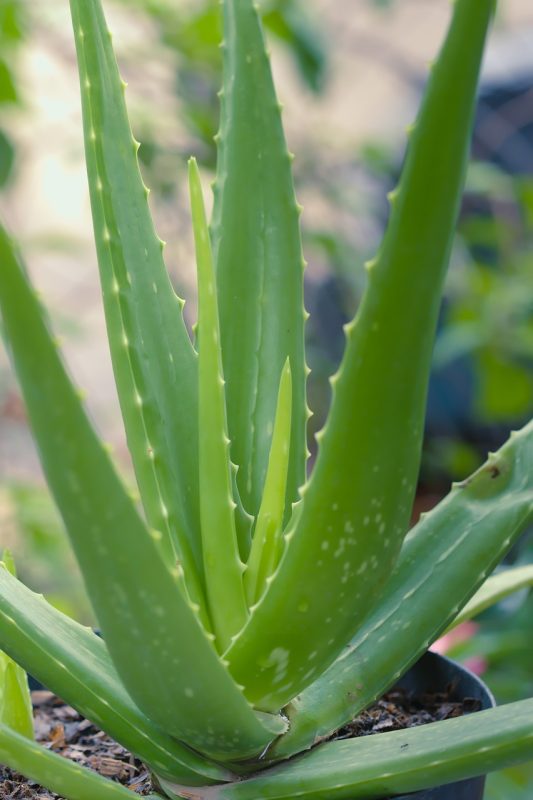
Aloe vera is not only known for its soothing gel used for burns and skin care, but it also plays a role in purifying indoor air. With its thick, fleshy leaves, aloe vera can thrive in bright sunlight but tolerates lower light levels as well. This succulent is effective at removing formaldehyde and benzene from the air. In addition to its air-purifying properties, having aloe vera nearby can provide additional health benefits for your skin.
African Violet (Saintpaulia)
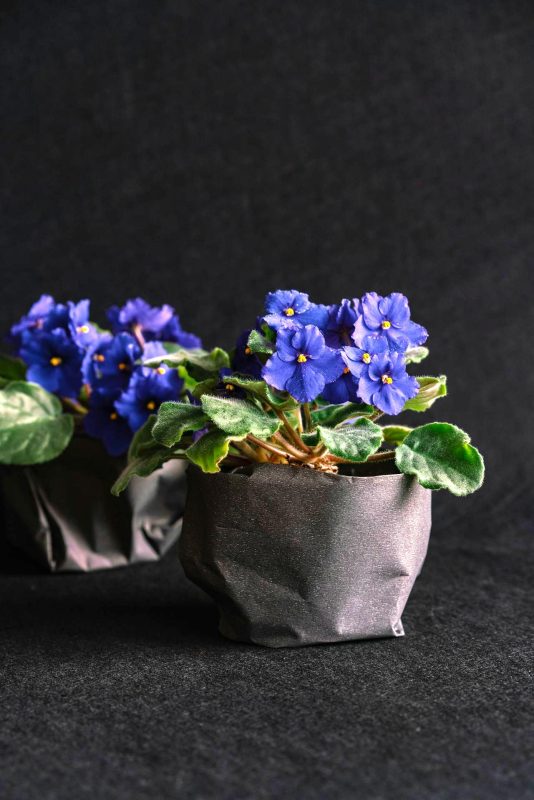
While African violets are primarily celebrated for their beautiful blooms, they also contribute to air quality in your home. These small flowering plants thrive in bright, indirect light and prefer to be kept relatively moist. African violets are believed to improve air quality by filtering out certain toxins and introducing a lively energy through their vibrant colors. They can be a delightful and cheerful addition to your indoor plant collection.
Cast Iron Plant (Aspidistra elatior)
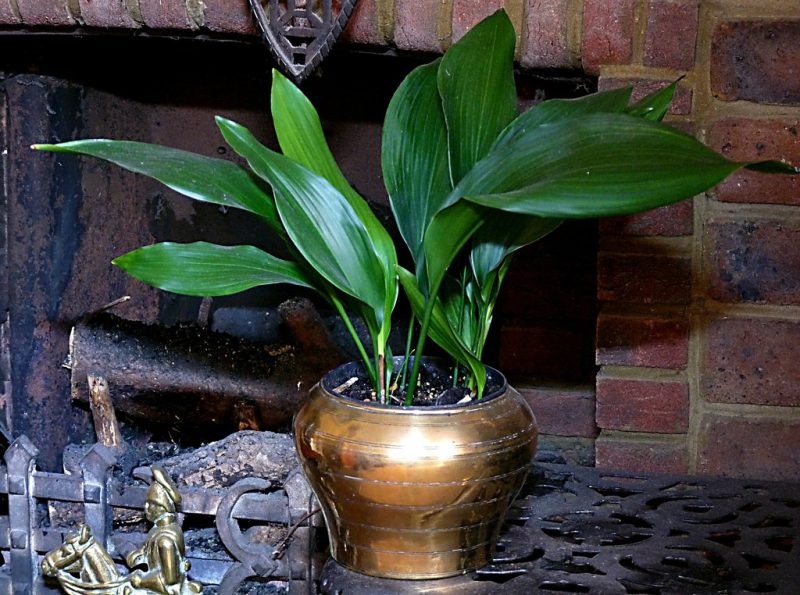
The cast iron plant is perfect for the most novice of plant caretakers, given its remarkable ability to withstand neglect. It can thrive in low light and varying temperatures, making it an excellent choice for those in less-than-ideal indoor environments. With its lush green leaves, the cast iron plant is adept at filtering out toxins and improving air quality. It’s particularly effective in environments where other plants struggle to survive.
Conclusion
Incorporating indoor plants into your home is not only a fantastic way to beautify your spaces, but it also offers significant health benefits through their air-purifying capabilities. By choosing plants that are known for their ability to filter harmful toxins, you can create a more refreshing, vibrant, and healthier indoor environment.
Whether you opt for the easy-going snake plant, the elegant peace lily, or the vibrant pothos, each plant can improve your air quality while adding a touch of nature to your home. With varying light and care requirements, there is an ideal air-purifying plant for everyone. Embrace the green revolution and invite these air-purifying wonders into your living spaces to enjoy a healthier lifestyle, one leaf at a time.


